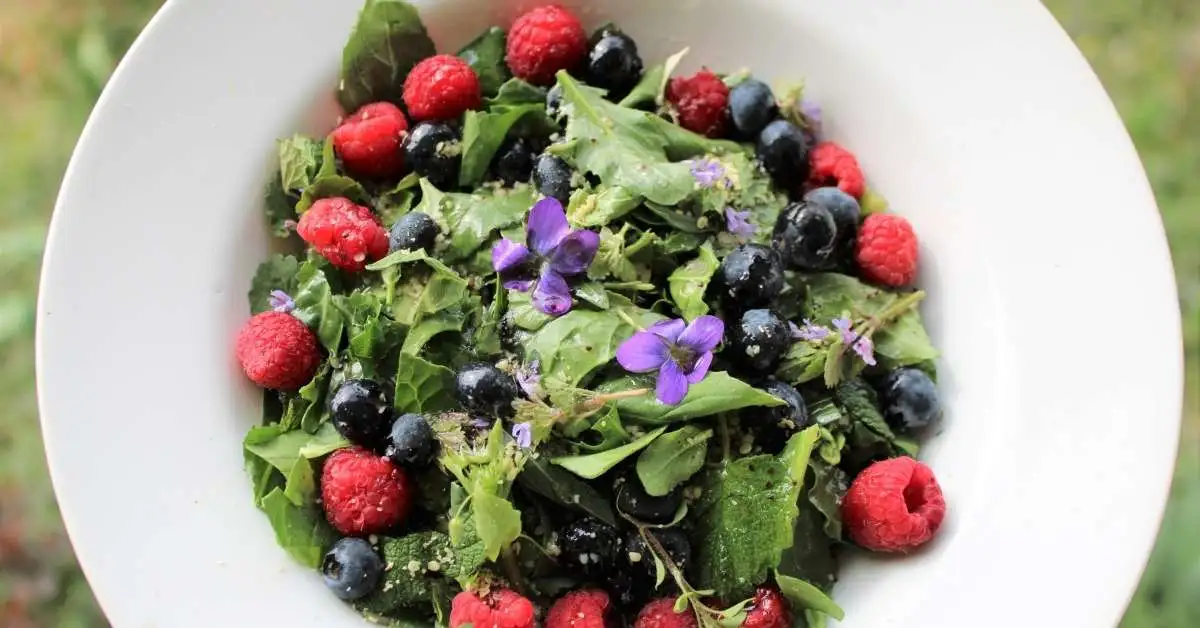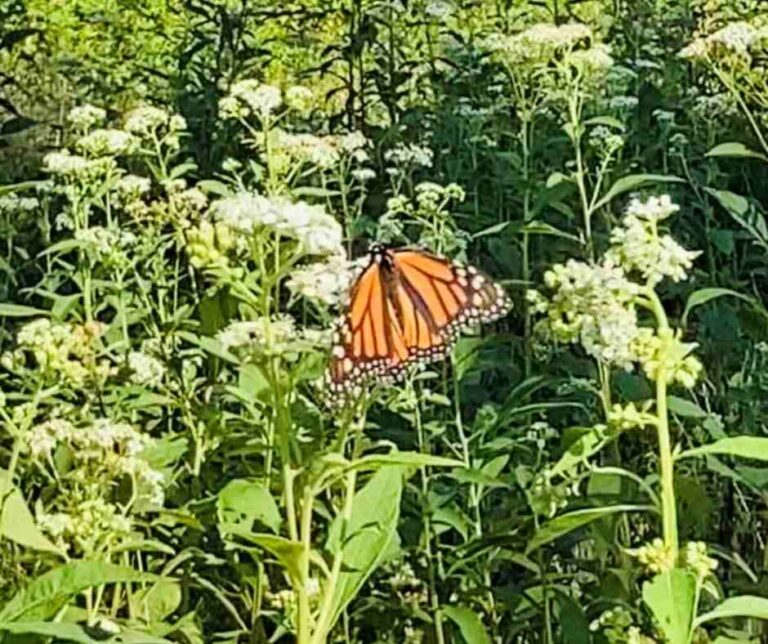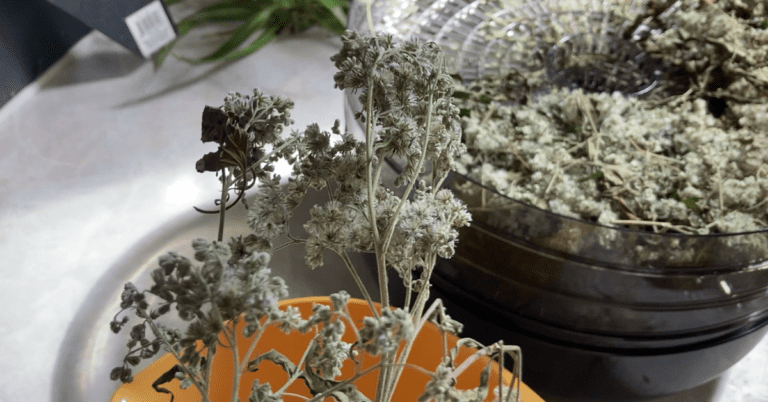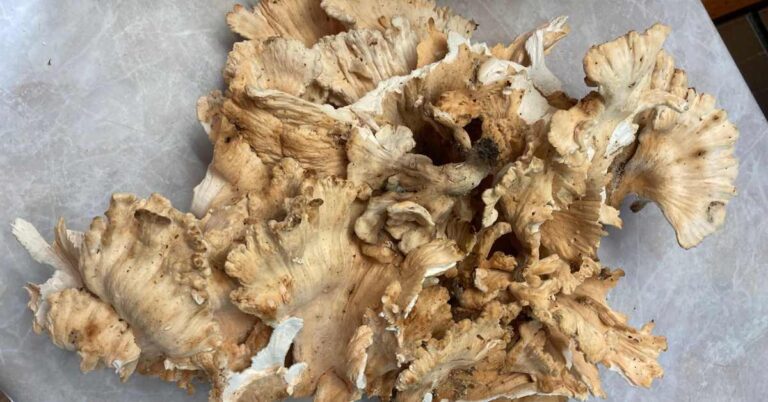Incorporating native plants into your meals can have numerous benefits for your overall wellness. Native plants are those that have naturally evolved and adapted to local environmental conditions, making them well-suited to the specific soil, climate, and other factors in their native habitats. Here are a few ways that incorporating native plants into your diet can support your wellness:
Nutrient Density
Native plants often contain higher levels of vitamins, minerals, and antioxidants than cultivated crops. This is because they have adapted to local soil conditions and are able to draw nutrients more efficiently from the earth. By eating a diverse range of native plants, you can ensure that you’re getting a wide variety of nutrients that are essential for good health.
Improved Digestion
Native plants are often more easily digestible than cultivated crops. This is because they have not been bred to have certain traits, such as larger size or longer shelf life, which can make them more difficult to digest. By incorporating native plants into your meals, you may find that you experience less digestive discomfort and feel more energized after eating.
Reduced Inflammation
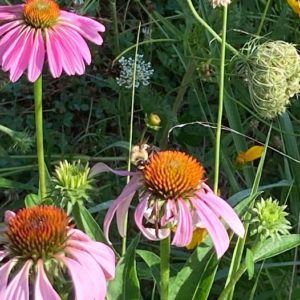

Many native plants have anti-inflammatory properties, which can help to reduce chronic inflammation in the body. Chronic inflammation has been linked to a wide range of health problems, including autoimmune disorders, cardiovascular disease, and certain types of cancer. By incorporating anti-inflammatory native plants into your diet, you may be able to reduce your risk of these conditions.
Some of our favorite anti-inflammatory native plants include elderberry, echinacea (see photo), bee balm, blackberry and evening primrose.


Creeping Charlie (see photo of green groundcover with purple flowers), peppermint, chickweed, dead nettle, and lemon balm also reduce inflammation and have other health benefits. While these plants are not native to North America and can be quite invasive, they are useful and tasty. My motto is, “if you can’t beat it, eat it!” I frequently use these wild plants in salads. Obviously, don’t harvest these from areas that have been sprayed with chemicals, and make sure you know what you’re picking.
Environmental Sustainability
Eating native plants can also be good for the environment. By choosing locally grown, native plants, you’re supporting sustainable agriculture practices and helping to preserve biodiversity in your local ecosystem. This can have a positive impact on the health of the planet as well as your own health. One of our favorite native plants in Georgia are cushaw squash. We use them to make a soufflé-type pie which is very much like pumpkin pie (but better) and cushaw bread. It’s also delicious baked like you would prepare a butternut squash and filled with butter, cinnamon, nuts and apples. Or you can bake cushaw squash and top it with marinara sauce and cheese.
Some other examples of native plants that you might consider incorporating into your meals include wild berries, nuts, seeds, herbs, and heirloom vegetables. Be sure to do your research and consult with a knowledgeable expert before consuming any wild plants, as some can be toxic or have other negative effects on health.
Click here to view my recipes, many of which include native plants.

